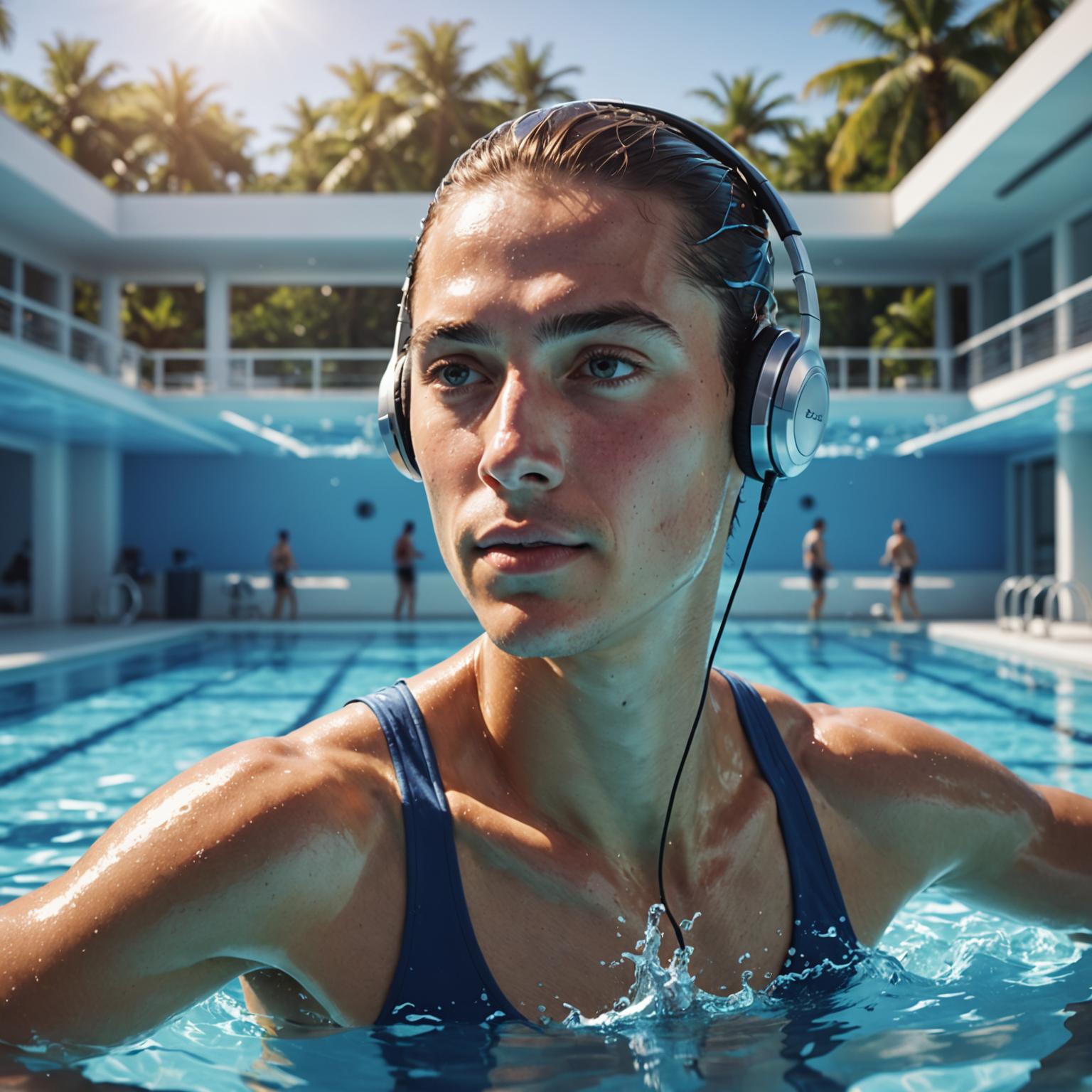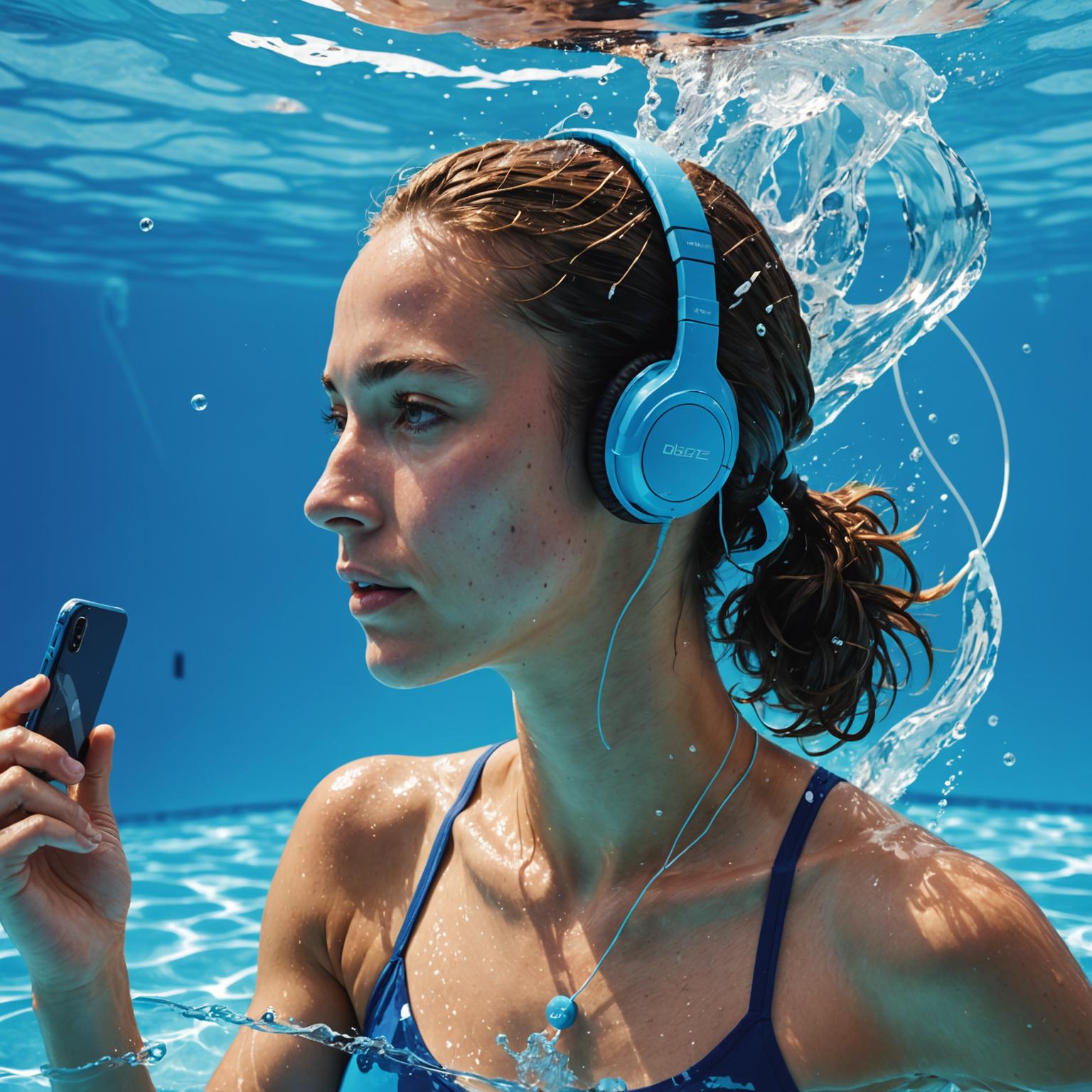Frequently Asked Questions About Waterproof Earphones
This is our independent website, you can check out our products.https://pjcases.com
Are you an athlete, a swimmer, or simply someone who loves listening to music, podcasts, or audiobooks no matter the weather? A quality waterproof earphone can be your perfect audio companion, offering freedom from worrying about rain, sweat, or even a dip in the pool. However, navigating the technical specifications and marketing terms can be challenging. To help you find the perfect pair for your lifestyle, we’ve answered some of the most common questions about these durable audio devices.

What Do IP Ratings Mean for Earphones?
When shopping for waterproof earphones, you will inevitably encounter terms like ‘IPX7’ or ‘IPX8’. This is the IP Code, or Ingress Protection Rating, which classifies the degree of protection provided against intrusion from solid objects (the first digit, often ‘X’ for earphones) and liquids (the second digit). The second number is the most important for waterproofing. An IPX4 rating means the earphones are protected from splashing water from any direction, making them suitable for sweaty workouts or running in light rain. An IPX7 rating means the device can be submerged in up to 1 meter of water for 30 minutes. For serious swimmers, an IPX8 rating is ideal, as it allows for continuous submersion in water deeper than 1 meter. Understanding these ratings is the first step to choosing the right gear for your needs.
Can I Swim with Any Waterproof Earphone?
A high IP rating doesn’t automatically mean an earphone is suitable for swimming laps. This is a crucial distinction. The biggest challenge for swimming with audio gear is Bluetooth connectivity. Bluetooth signals do not travel well through water, so even if your IPX8-rated earphones are connected to your phone on the poolside, the connection will likely drop as soon as your head goes underwater. For uninterrupted audio while swimming, you need a specific type of waterproof earphone that includes a built-in MP3 player. These devices store music files directly on the earphones, eliminating the need for a Bluetooth connection and providing a seamless listening experience during your swim.
What Is the Real Difference Between ‘Waterproof’ and ‘Water-Resistant’?
These two terms are frequently used in marketing, but they represent different levels of protection. ‘Water-resistant’ typically describes a device with a lower IP rating (like IPX4 or IPX5). It can handle light exposure to water, such as sweat, humidity, or light rain, but it is not designed to be submerged. ‘Waterproof’, on the other hand, implies a much higher level of protection, meaning the device is sealed to prevent water from entering under specific conditions of pressure and time. A true waterproof earphone suitable for swimming will have at least an IPX7 rating, guaranteeing its performance even when fully submerged in water.
How Should I Care for My Earphones After Water Exposure?
Proper maintenance is key to extending the life of your audio equipment. After using your waterproof earphones in a chlorinated pool or saltwater, it is essential to rinse them gently with fresh, clean water as soon as possible. Chlorine and salt can be corrosive and damage the delicate components and seals over time. After rinsing, carefully pat them dry with a soft, lint-free cloth. Most importantly, allow them to air dry completely before placing them back into their charging case. Charging a device while it is still wet can short-circuit the charging contacts and cause permanent damage. Following these simple steps will ensure your earphones continue to perform reliably for years to come.
